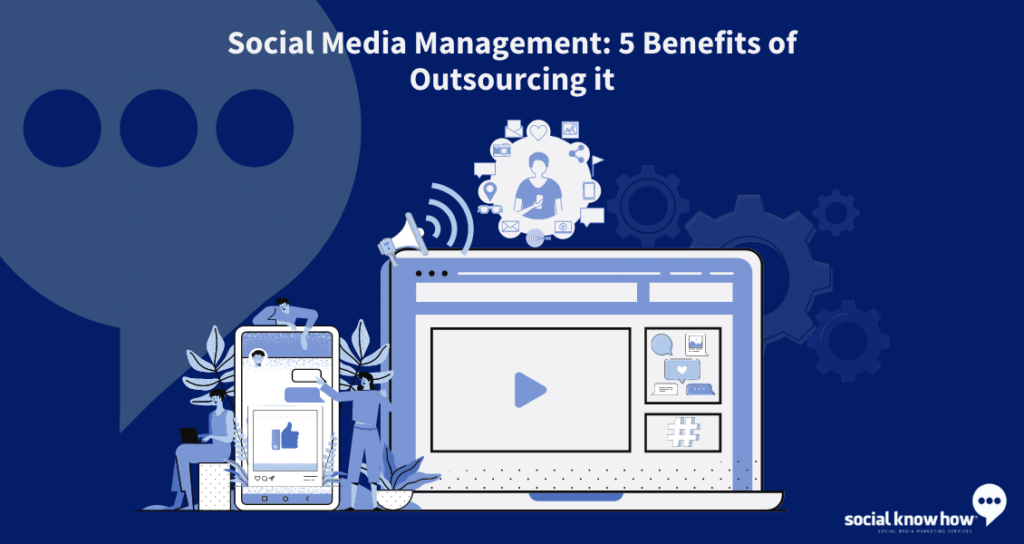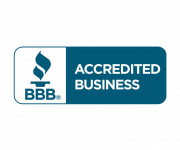
What Social Media Marketing channels are right for your business?
Time spent on social media is skyrocketing, and any brand or company that wants to connect with consumers needs to participate, so you need a plan.
Let’s look at five steps for establishing an effective social media marketing strategy and deciding which Social Media Marketing Channel is right for your business.
1. Understand your target audience
Give some thought to what your audience looks like. What are their demographics and their interests? Then think about their needs as it relates to your product and what may motivate them to take action. What would make them buy? You should also reflect on barriers that they may face, any reason they can’t or don’t want to buy your product now. Can you help take that barrier away?
Once you are able to describe your audience, think about the path they usually take before they buy a product like yours. Where would they typically become aware of your product? How do they get more interested, and what brings them to desiring your product and ultimately taking action? Map this out for your typical consumer. Understanding your customer’s journey will help you understand when and how to talk to your customers.
2. Focus on your marketing goal
Ask yourself what would you like to achieve with your marketing efforts? Are you creating awareness for your products? Are you looking to generate leads, or are you focused on getting more sales? Make sure your goal is smart, and by that, we mean specific, measurable, achievable, relevant, and time-bound. Articulating your goals before you get started will help you to focus your marketing efforts, and it will improve your chances for success.
3. Choose the social marketing channels that you will be active in.
The social landscape is vast, and you cannot be active in all channels, and you shouldn’t be. Some channels won’t be relevant to your audience. Take stock of where your audience hangs out on social media and take a closer look at your immediate competitors and where they communicate. Then, decide on the channels that are a good fit for your brand and create your presence thereby setting up a business account. Then, you’re all set to start connecting with your users.
4. It is all about content.
You’ll need to post on a regular basis to build a strong social media presence. It helps to plan ahead. Create a calendar for at least six months and maybe even a year and start planning relevant content you can post. Think about content that could be appealing around important holidays, seasonal messages that align with your product, or plan content to support product launches, et cetera. Then, audit all of the content you may already have and try to repurpose it for different channels you’re active on and plan for new content by deciding on a few themes and thinking through topics your audience may be interested in. During your planning, start thinking about where you could potentially support your posts with advertising. You can establish your social media presence for free, but to really surface an important message, it may help to boost your efforts with advertising dollars.
5. Evaluate whether you’re successfully building a following.
Use the insights tools that come with your business account on social media to measure the number of followers and to understand where your followers are coming from. You can also use these tools to get a good understanding of the content that resonates with your audience and makes them like, share, or comment on your message.
Armed with these insights, you’ll be able to continuously optimize your presence and improve your social media marketing. Keep these five steps in mind as you embark on your social media marketing journey. You’ll find that they can help you to not get lost in the dynamic and exciting world of social media.
How to Choose the Best Social Media Platforms for Marketing
Different social media marketing sites require different approaches, so develop a unique strategy tailored for each platform.
Facebook requires an active social media marketing strategy. Facebook is a place people go to relax and chat with friends, so keep your tone light and friendly. And remember, organic reach on Facebook can be extremely limited, so consider a cost-effective Facebook ad strategy, which can have a big impact on your organic Facebook presence as well!
Pinterest’s image-centred platform is ideal for retail, but anyone can benefit from using Pinterest for social media purposes or sales-driving ads.
Pinterest allows businesses to showcase their product offerings while also developing brand personality with eye-catching, unique pinboards.
Twitter is the social media marketing tool that lets you publish your updates across the web.
You can follow other people in your industry or related fields, and you should gain a stream of followers in return.
You can publish official tweets about specials, discounts, and news with fun, brand-building tweets. Make sure to retweet when a customer has something nice to say about you, and don’t forget to answer people’s questions when possible.
Youtube
YouTube is the number one place for creating and sharing video content, and it can also be an incredibly powerful social media marketing tool. Focus on creating useful, instructive “how-to” videos. These how-to videos also have the added benefit of ranking on the video search results of Google!
Instagram is also incredibly popular, with around 1 billion active users in 2020. From Instagram Live to Instagram Stories, there is no shortage of tools businesses can use to promote their services and products on the site. Instagram is a visual platform based entirely on photo and video posts, so it’s best for businesses that have strong visual content to share.
LinkedIn is designed to be more professional than other social media platforms and is geared toward businesses and professionals. Users create profiles that are similar to resumes, and companies can create pages that showcase their business. Because LinkedIn is a professional platform, it’s the best place to post job openings and information about your company culture.
TikTok
TikTok, the relatively new hit platform where users create and share short videos, can be a successful option for businesses, but only if used properly. If you want to create a TikTok account, make sure you have a keen understanding of your brand and how that translates to TikTok specifically. Look at how other businesses are tackling it before you try it yourself.
These are only a few of the Social Media Channels. You can also look into Snapchat, Reddit, and many others.
Still not sure about using Social Media Marketing for your business?
There’s not much debate anymore about the importance of social media marketing. What may pose a challenge is choosing the right Social Media Channel and the content to promote.
If you’re still not sure if social media marketing is right for your business, or you are sure and you’re ready to get started, feel free to contact us.





